There will never be a replacement for “live scouting.” Being in arenas is vital. Scouts learn much more about a player’s strengths and weaknesses viewing games in person.
Analytics have become a very useful tool in the process as well. Team analytics departments routinely communicate with the scouting staff throughout the season and alert the group of developing trends. It’s not one or the other; the more information, the better. In recent years, especially during the pandemic, video scouting has added another layer of intel and assists the process.
At Sportsnet, Shayna Goldman does an excellent job breaking things down with an analytical lean. With my background, I intend to complement her offerings and enhance the information you receive as a reader by focusing on the scouting aspect of player evaluation.
For over 16 years my NHL scouting career evolved from being a North American Amateur Scout with the Nashville Predators to an Assistant Head Scout with the Florida Panthers and eventually Director of Amateur Scouting with the Panthers. My responsibility as a Director of Scouting was to gather as much information as possible on players around the world for draft, trade, and free agent purposes.
To give you an idea of how a scouting department operates, every team in the NHL customizes its evaluation process around the organizational philosophy provided by its GM and/or President of Hockey Operations. Pro Scouts and Amateur Scouts utilize the same tools and travel throughout the world to view players live. Directors from both departments communicate their findings and opinions throughout the season.
Ultimately, organizations will create “lists” that rank players in descending order of value and interest. Examples include:
• NHL Trade Targets by Position
• Amateur Draft
• Amateur Free Agents (CHL, NCAA)
• NHL Team Depth Charts
• NHL Restricted Free Agents
• NHL Unrestricted Free Agents
• Minor League Free Agents
• European Free Agents
• Future Amateur Draft (Underage)
And now this insight will come to you. I’m excited to be joining Sportsnet in a role that will allow me to freely provide opinions and analysis on all things hockey, and give you a peek behind this curtain to how scouting teams operate.
Today, more than ever, fans of the game are craving more information. Our society is programmed to expect insider intel ASAP. We want to know something before it actually happens.
I’m here to provide unbiased reports and visual analysis. I will do that through written and video content, as well as offering my own customized player cards, which you’ll see in mine and other related articles in the coming weeks and months. What will those cards offer? Here is a sample:
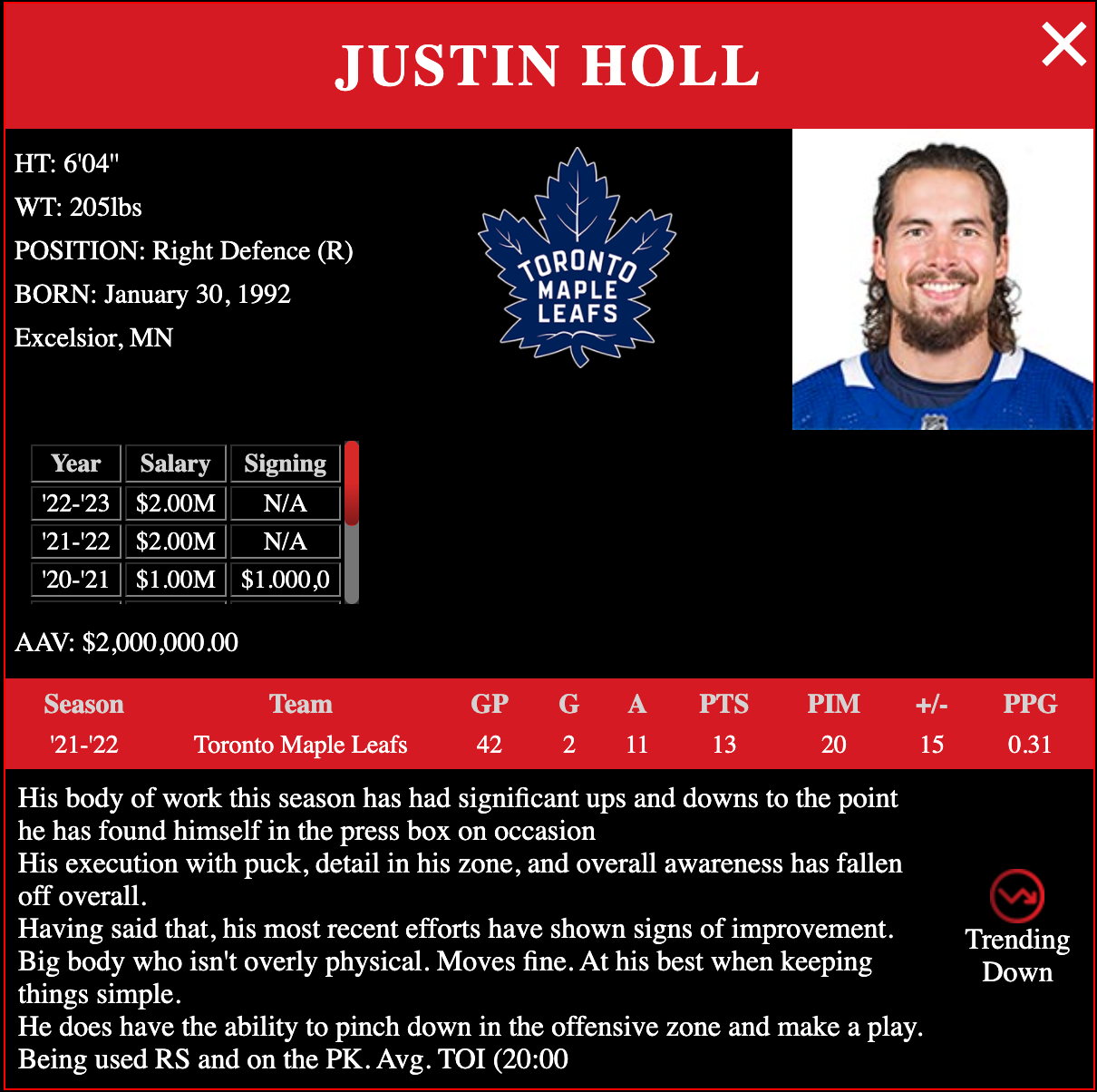
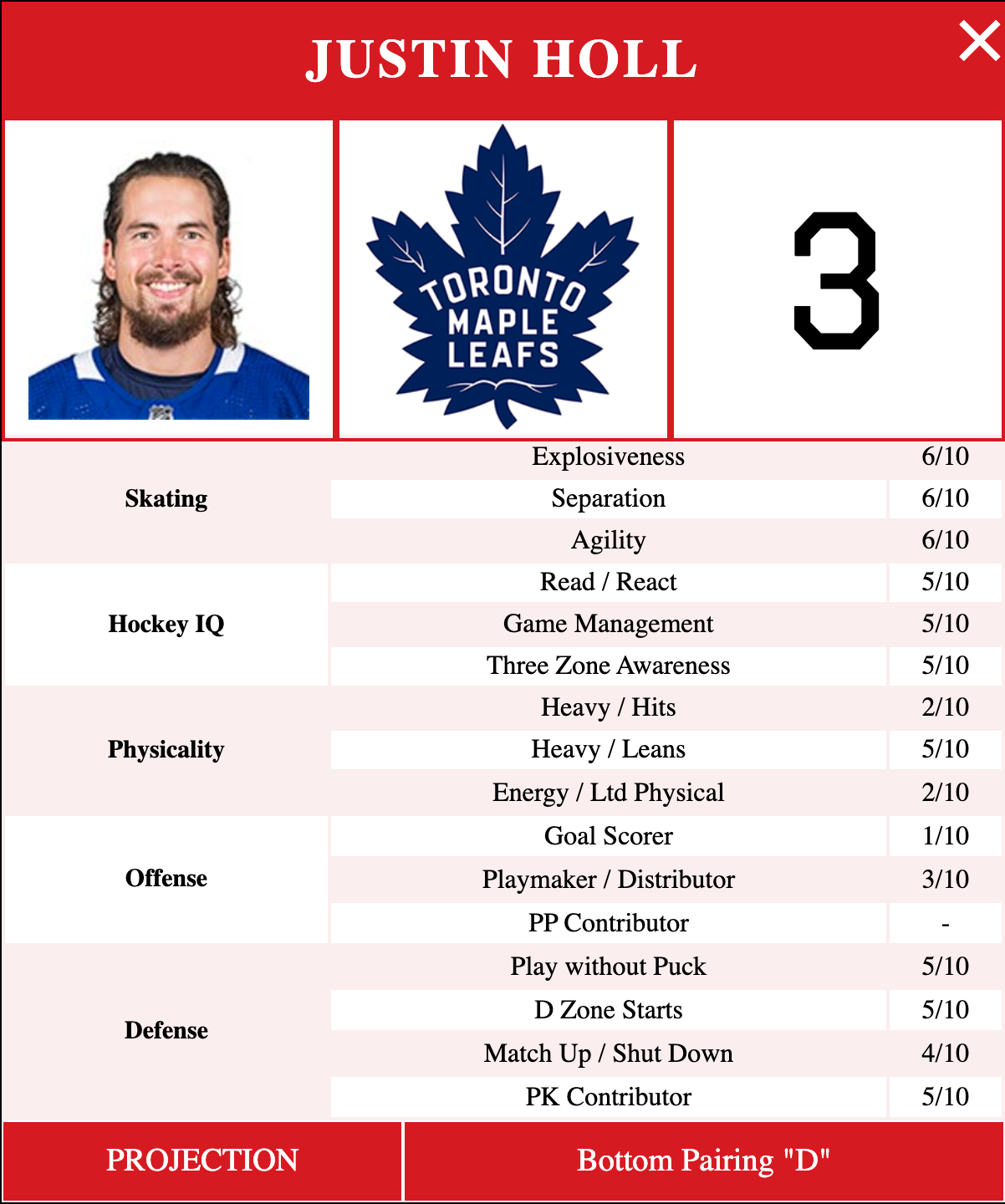
Summary conclusions are based on evaluating key skill categories for the player.
The “main categories” (skating, hockey IQ, physicality, offence, defence) are further divided into sub-categories that are more specific to the skill set being evaluated.
SKATING
• Explosiveness (his first three strides)
• Separation (open ice speed with and without the puck on his stick)
• Agility (tight turns, pivots, edge control)
HOCKEY IQ
• Read/React (seeing plays develop and positioning himself accordingly)
• Game Management (less is sometimes more. I.E.: A defensive 'D' is best suited making simple plays with the puck and not trying to go end to end)
• Three Zone Awareness (pinch? stay home? gap up? pick up man away from the play?)
PHYSICALITY
• Heavy Hits (open ice , gaps up, opponents need to be aware )
• Heavy Leans (not a punishing player, but will he lean on people to impede progress?)
• Energy/Ltd Physical (How players create turnovers with their speed, active stick, tenacity)
OFFENCE
• Goal Scorer (self explanatory)
• Playmaker/Distributor (does he make simple plays or is he more of threat offensively?)
• PP Contributor (is he or can he be a candidate for power play ice time?)
DEFENCE
• Play Without Puck (effort on back check, knows who to pick up away from the play)
• D-Zone Starts (can he be trusted in case the team loses a face-off in their D-zone?)
• Match Up/Shutdown (does the coach play him against opponents’ top players?)
• PK Contributor (shot blocker, rotates in lanes, wins battles)
PROJECTION
• Role at the NHL level
We can give you an idea of every player's strengths and weaknesses, what they project to be in the NHL, and which way they are trending. Ahead of and during the trade deadline, I will be able to give you the latest analysis so you know what a player brings, or doesn’t, through a scouting lens.
For an example on this front, Philadelphia’s Claude Giroux is one of the best, most established names who could be traded by the deadline. We know he can put up offensive numbers. He’s also 34 years old. So, beyond his stats, how does his game look right now? Here’s a scouting report on Giroux today:
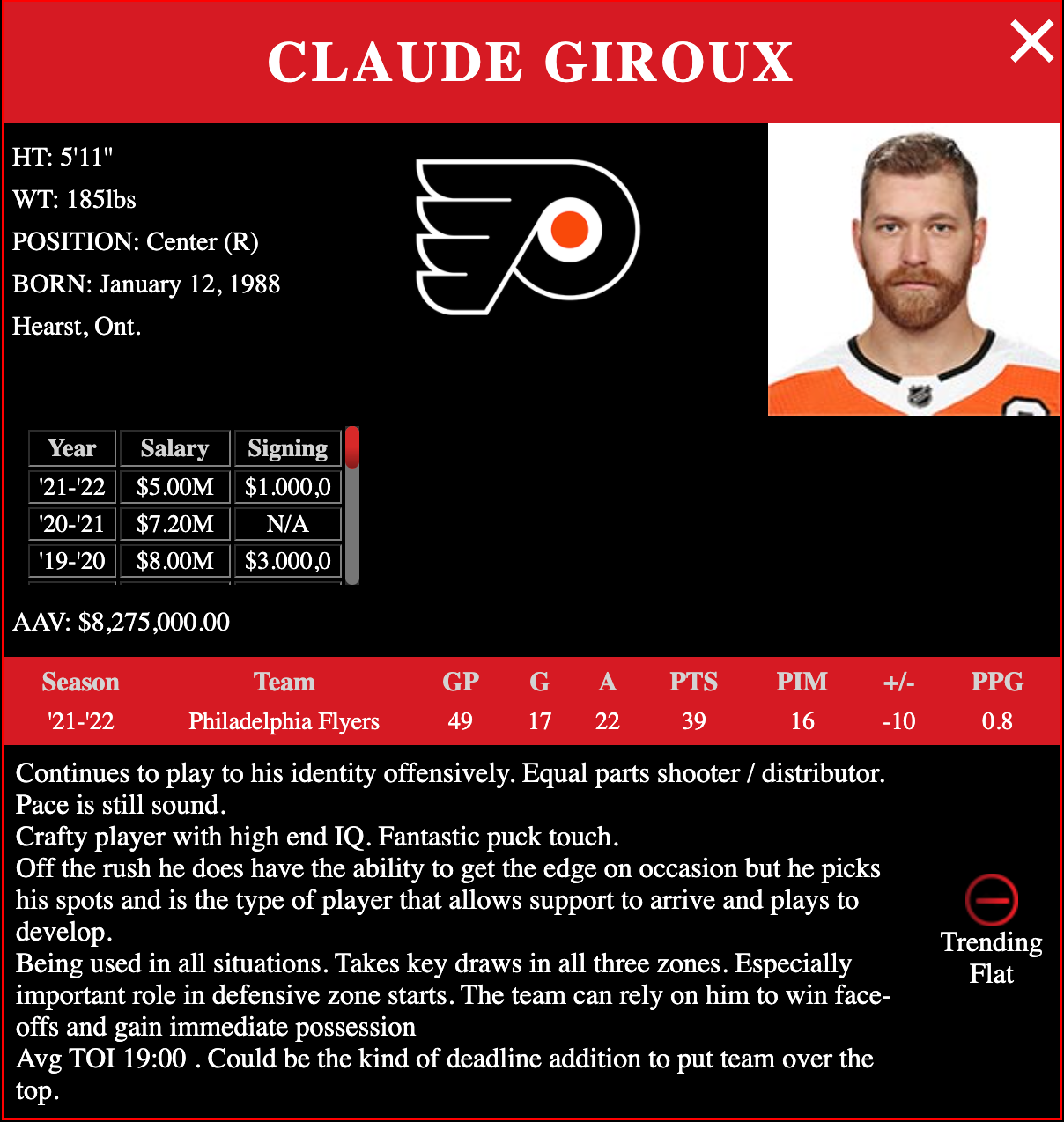
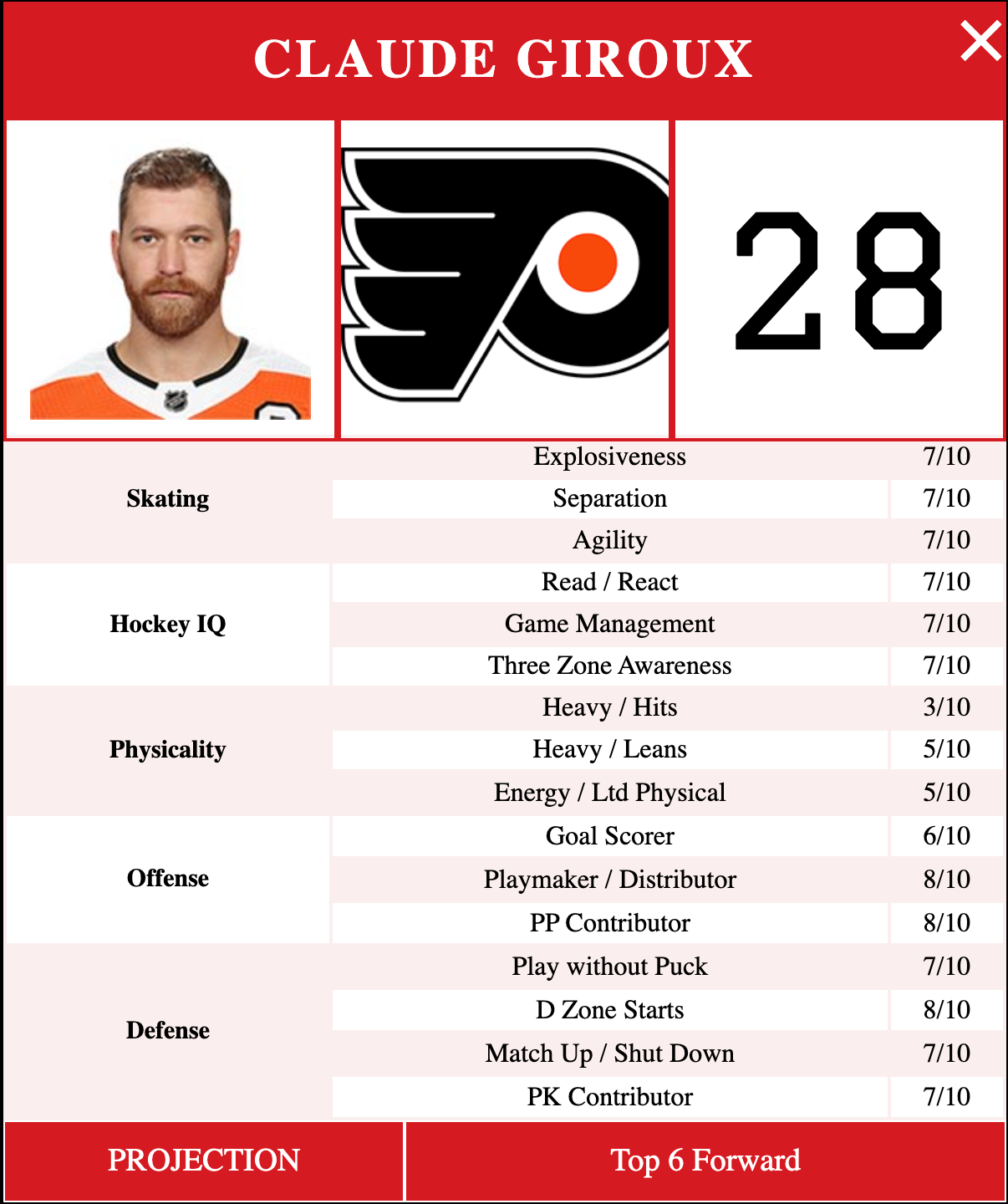
In the coming months, we’ll take more focused looks at players and teams, right through the draft and into the off-season’s free agent market.
What was once deemed “classified information” has now been “declassified” for our Sportsnet community of viewers and readers. Hope you enjoy.

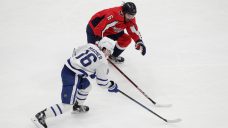






COMMENTS
When submitting content, please abide by our submission guidelines, and avoid posting profanity, personal attacks or harassment. Should you violate our submissions guidelines, we reserve the right to remove your comments and block your account. Sportsnet reserves the right to close a story’s comment section at any time.